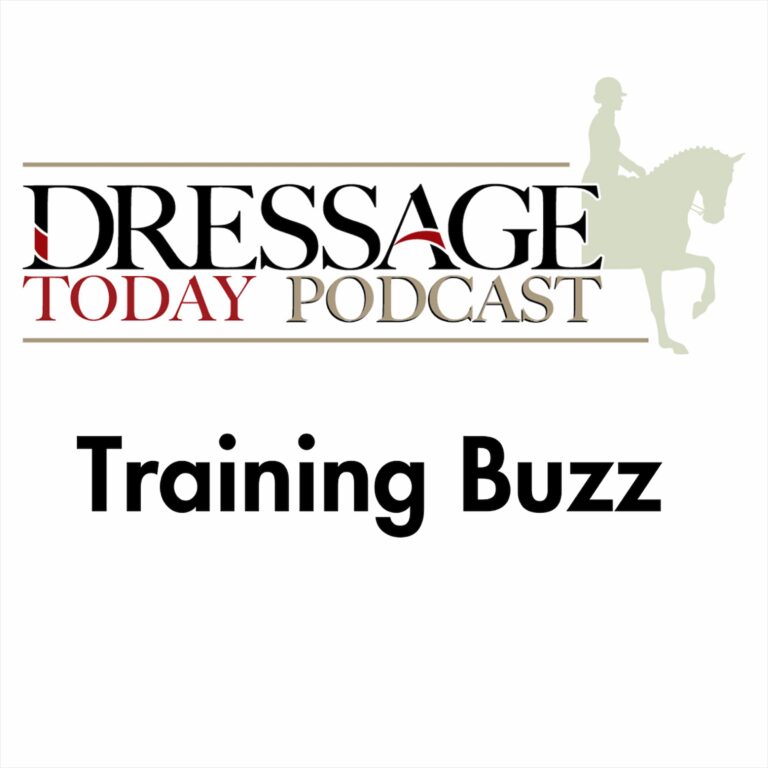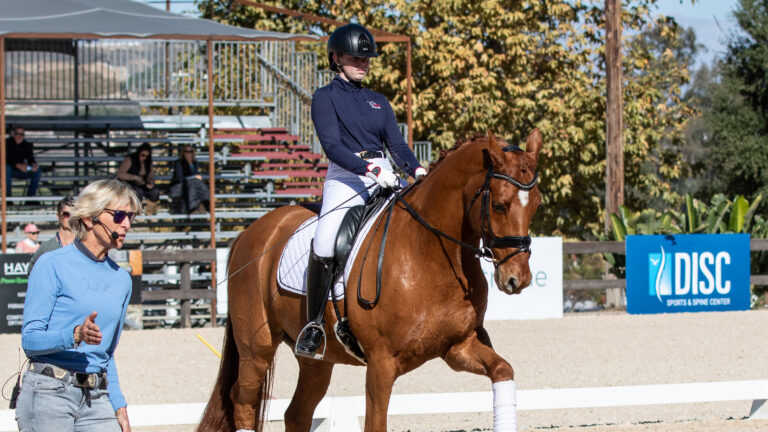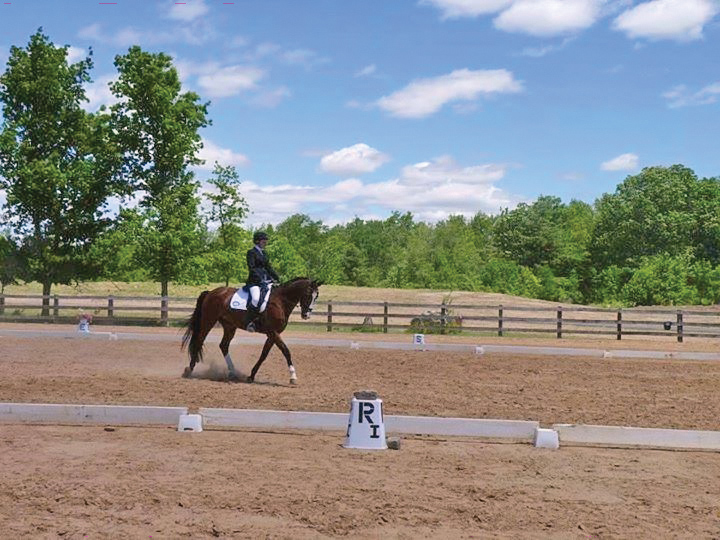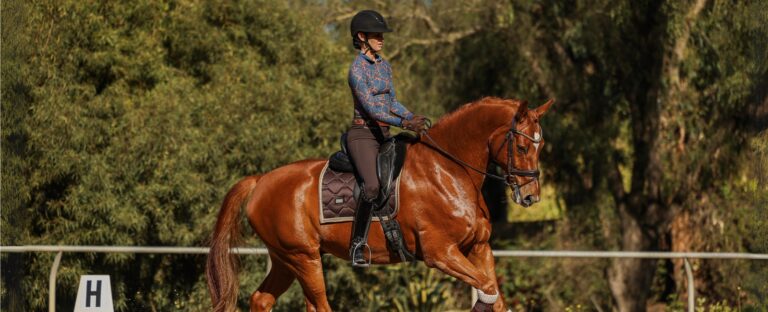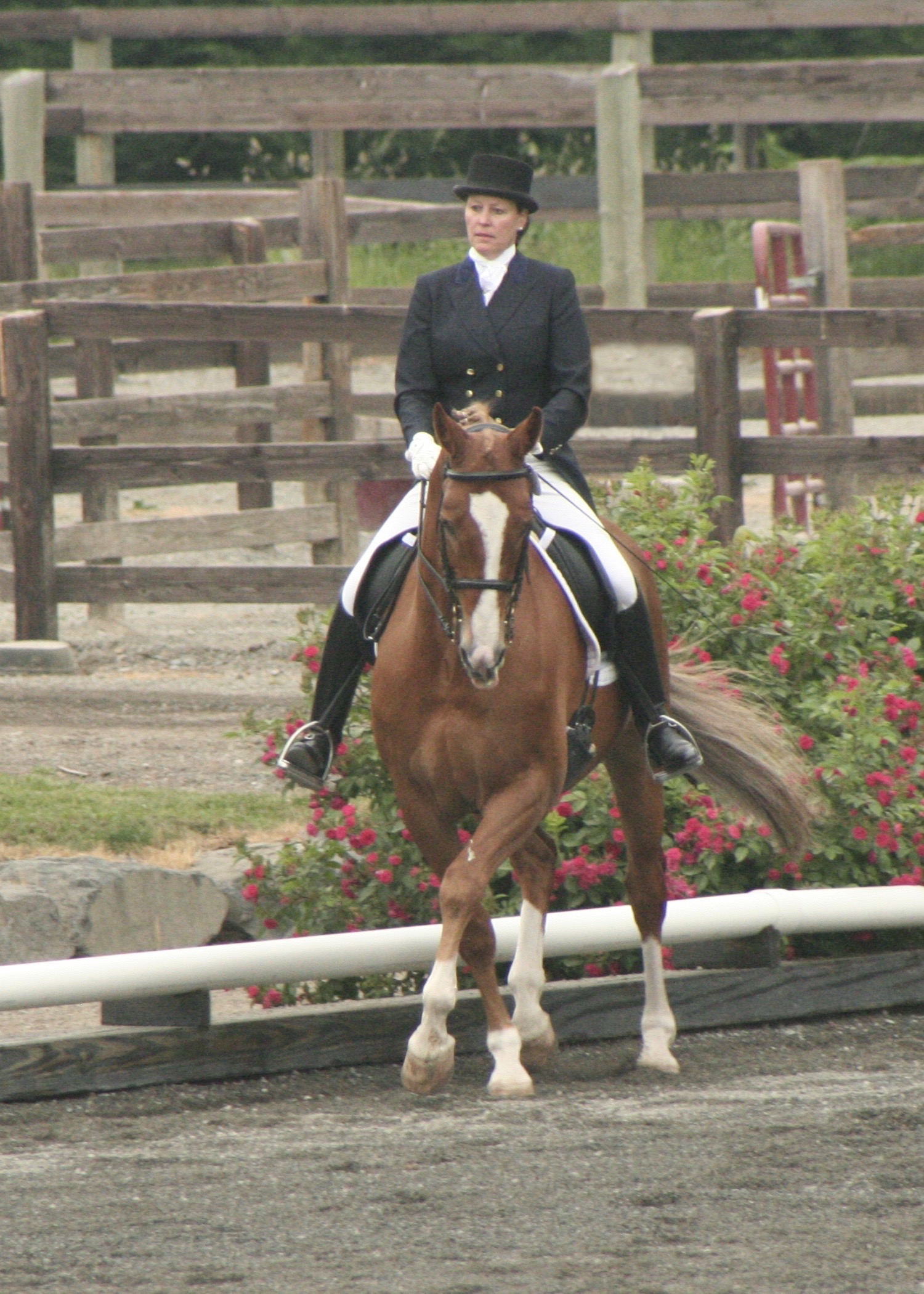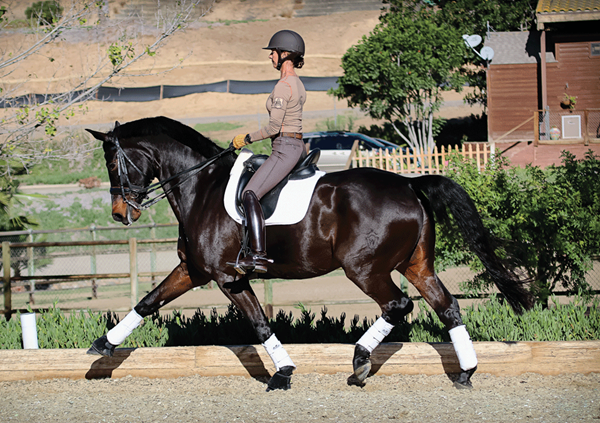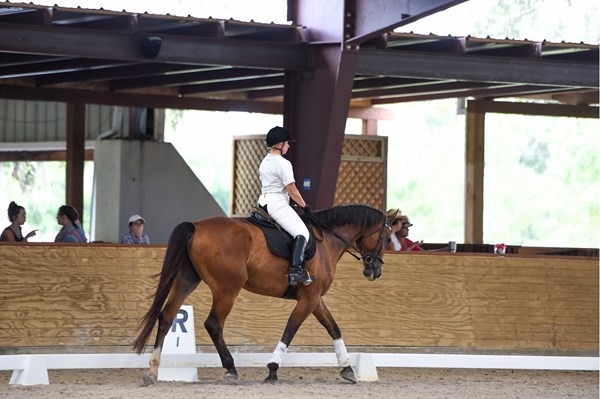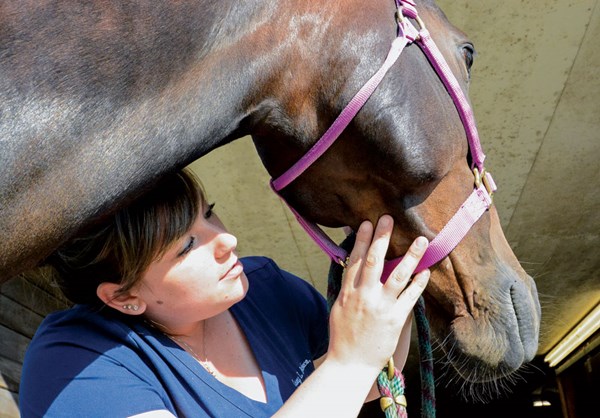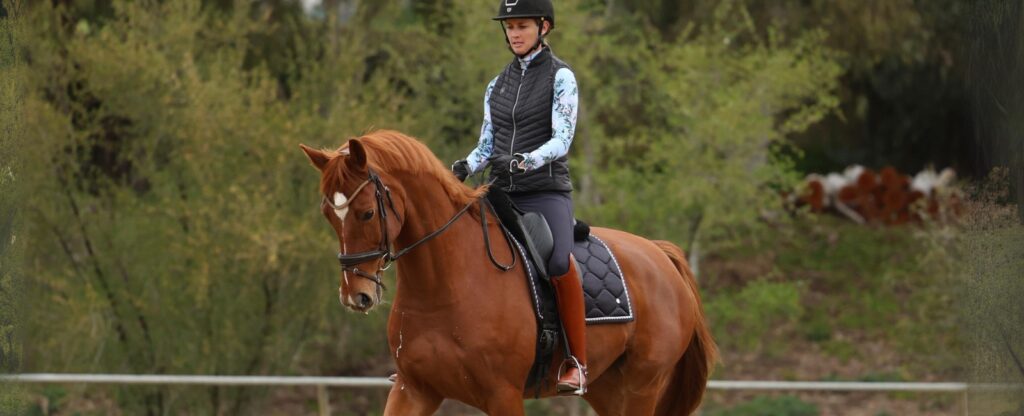
Do you ever feel like you and your horse just aren’t in sync? Either you’re kicking them forward all the time or you’re half halting every stride! Your transitions always seem to come several strides after you ask for them, and you struggle with keeping your horse round and focused? The reason: You haven’t found the correct rhythm and tempo.
The very first thing I assess when I come into a lesson is the horse’s Rhythm. Why? Because without rhythm, you can’t control your horse’s energy. This is why rhythm is the base of the Training Scale, without it, we can’t get our horses supple, round, engaged, or collected. You need rhythm to progressively develop your horse up the levels, build their topline, enhance their natural gaits, and keep them healthy and sound.
In this article, I’m going to teach you how to assess your rhythm, how to find the optimum rhythm for your horse, and what exercises can help you improve your rhythm.
Before I jump in, if you haven’t met me: Hi! Iʼm Amelia Newcomb, a Grand Prix rider and trainer. I love sharing my knowledge of training, horses, and riding. In a previous article for Dressage Today, The Secret to Training Like A Pro, I went into all the different levels of the Training Scale, definitely check it out if you like this article. Ok, let’s jump into rhythm theory.
Definition of Rhythm- Rhythm describes the strong, regular repeated sequence of footfalls in each of the horse’s gaits. The walk is a four-beat gait, the trot is a two-beat gait, and the canter is a three-beat gait. We want the rhythm to be self-maintained and with energy and tempo.
Note from author: Rhythm is the even sequence of footfalls; while tempo is how fast or slow the footfalls are going. The rhythm should always stay the same within the gait but the tempo can change.
Assessing Your Rhythm- When you’re riding do you find you’re asking your horse to go forward all the time? Or are you constantly asking them to slow down? Or are they speeding up towards the gate to leave the ring and then slowing down? Rhythm should be self-maintaining, so if you’re pushing with your leg on or half halting every stride, you’re not in an optimal rhythm with energy and tempo because you’re always adjusting what the horse is doing. We want to get your horse so they are steady in their gaits like they are on cruise control. So you can sit there and they will continue on without you having to make adjustments every stride.
Optimum Rhythm- As you remember from above, rhythm is the even sequence of footfalls: four-beat walk, two-beat trot, and three-beat canter. It is the tempo that we have to optimize for each horse. If your horse is generally on the slower side, you will want a little quicker or more energized tempo. If your horse is a little hotter, focus on a slower tempo.

The best exercises to help you develop a steady, self-maintained rhythm involve focusing on anything that helps you develop an internal metronome. Counting, singing, or listening to music are all great options.
Here is your homework:
During your next ride, count out loud the rhythm of the gait as you’re riding. Feel each footfall in your seat and allow the rhythm and motion of your horse to flow through your body. Once you’re comfortable with counting out loud, try this exercise:
10×10 Trot-Canter-Trot. Start on a 20m circle in trot. Alternate trotting 10 strides and then cantering 10 strides. Counting your strides out loud. Focus that you get exactly 10 strides of each gait. For a hot horse, you will have to prepare the transitions to trot early, whereas for a lazy horse, you will have to prepare the upward transitions early. This will help your horse maintain a consistent pace and develop the cruise control factor because the preparation is the focus of this exercise (alternatively, you can modify this exercise to include walk-trot-walk transitions).
Rhythm is only the beginning as it is just the base of the Training Scale (the system that all the top riders use to train their horses). If you’re like me and love to learn, you’ll get tons of value from my upcoming FREE Training Scale Bootcamp. This 5-Day Bootcamp will take your riding to the next level! I can’t wait to see what you can accomplish when you understand how to apply the Training Scale to your ride! If you don’t attend this Bootcamp, you’ll be missing out on nuanced information about the Training Scale and bottlenecking your riding progress. Don’t miss this opportunity! Get all the details and RSVP for FREE here.


